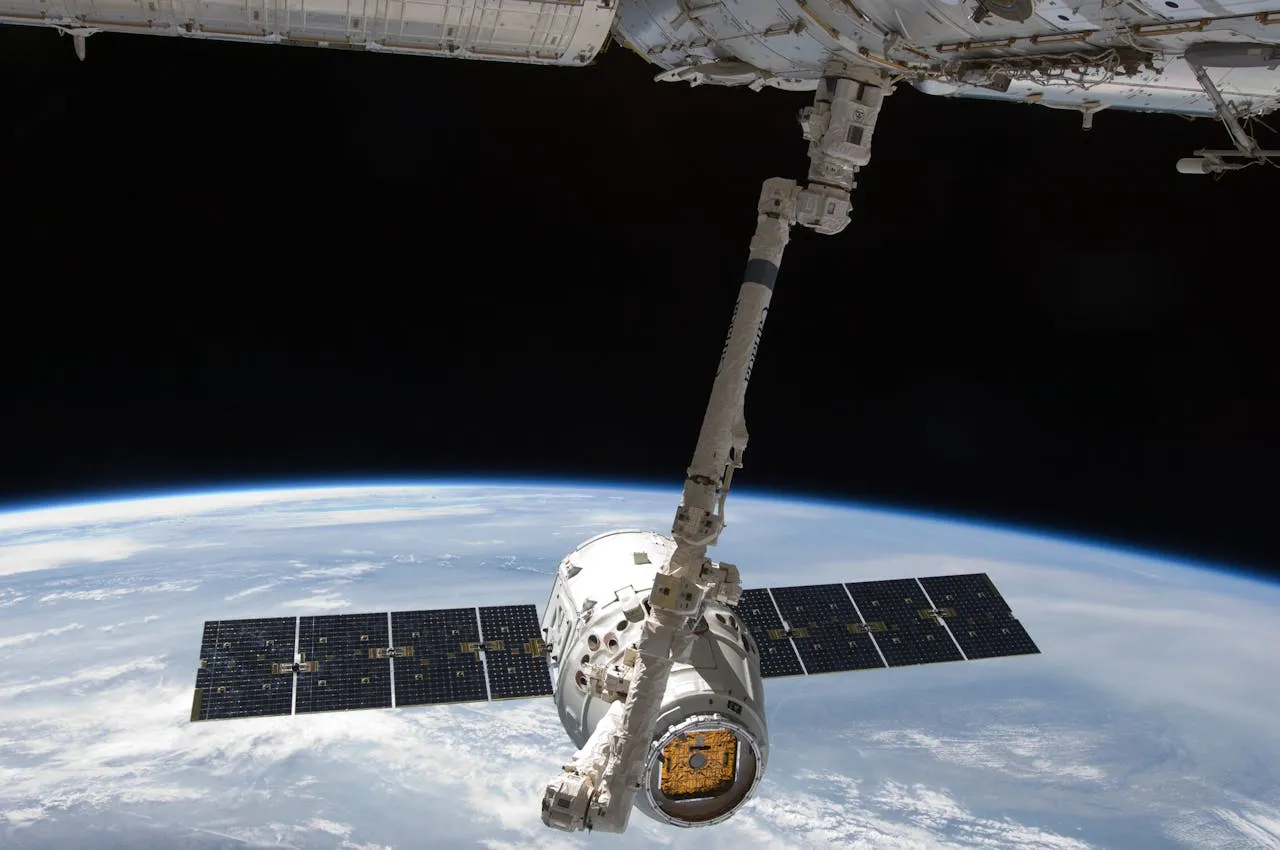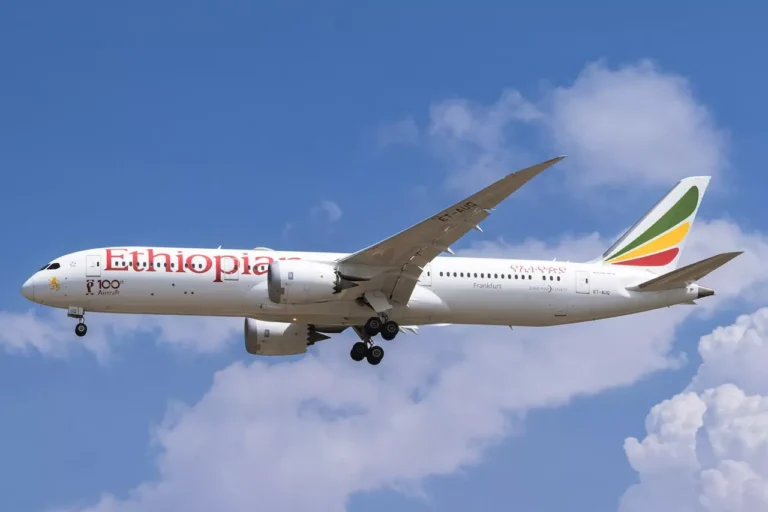
Boeing Delivers ViaSat‑3 F2 Satellite, Advancing Viasat’s Next-Generation Global Network
Boeing has successfully delivered ViaSat‑3 F2, the second satellite in Viasat’s next-generation ultra-high-capacity constellation. Built on Boeing’s 702MP+ satellite platform, the spacecraft is optimized for high power output and all-electric propulsion, making it one of the most advanced geostationary communications satellites in operation today. The integration of Boeing’s platform with Viasat’s payload was completed at Boeing’s satellite manufacturing facility in California, marking a major milestone in the development of Viasat’s global network. ViaSat‑3 F2 is now on schedule for launch in the second half of October aboard a United Launch Alliance Atlas rocket.
Michelle Parker, vice president of Boeing Space Mission Systems, emphasized the strategic importance of the project. “Our goal is to enable missions with reliability and timely delivery,” Parker said. “With ViaSat‑3 F2, we leveraged proven 702 heritage, advanced power systems, and all-electric propulsion to enable high-speed connectivity for users who rely on it. This satellite exemplifies Boeing’s commitment to delivering cutting-edge capabilities for global communications.”
As the second of three ViaSat‑3 satellites, F2 represents a significant step in Viasat’s roadmap to provide flexible, high-capacity connectivity worldwide. Designed to serve users on land, at sea, and in the air, ViaSat‑3’s network aims to deliver unprecedented speed and coverage. The satellite itself features a highly flexible payload engineered by Viasat, capable of adding 1 terabit per second (Tbps) of capacity to the operator’s growing global network. This high throughput capacity ensures reliable service for both commercial and government applications, including mobility, defense, and aviation sectors.
David Abrahamian, vice president of Space Systems at Viasat, highlighted the milestone achieved with F2. “ViaSat‑3 F2 is the next important step in our roadmap to meet the increasing demand for resilient, global satellite communications from commercial mobility and defense customers,” Abrahamian said. “The completion and delivery of the satellite to the launch site is a big milestone in our partnership with Boeing and reflects years of collaboration between our two teams. This delivery reinforces our shared commitment to expanding global connectivity with state-of-the-art technology.”
The Boeing 702MP+ platform integrates several key technological advancements. Its all-electric propulsion system provides highly efficient orbit raising and station-keeping capabilities, which reduce launch mass and increase operational efficiency. Structural enhancements on the 702MP+ allow it to accommodate Viasat’s advanced payload while maintaining optimal performance. Additionally, the platform features high-power generation and storage systems designed to support sustained high-throughput operations over the satellite’s operational life.
ViaSat‑3 F2 also incorporates advanced solar array technology from Boeing subsidiary Spectrolab, a leader in high-efficiency space solar solutions. These arrays enable the satellite to maintain consistent power levels required to support continuous high-data-rate services. The satellite leverages Boeing’s decades of experience in geostationary mission design and operation, building on a legacy of more than 60 702-class spacecraft delivered to commercial and government customers worldwide.
The collaboration between Boeing and Viasat extends beyond manufacturing. Both teams will actively support launch operations in Florida, ensuring a smooth transition from factory completion to orbital deployment. This partnership reflects a long-standing history of joint efforts across multiple satellite programs, combining Boeing’s engineering expertise with Viasat’s innovative payload technology.
Once operational, ViaSat‑3 F2 will join its companion satellites to form a resilient, high-capacity network capable of delivering global broadband connectivity. The satellite’s advanced capabilities are expected to address growing demand for reliable communications, enabling applications ranging from commercial aviation and maritime connectivity to government and defense communications. The launch of F2 will set the stage for the final ViaSat‑3 satellite, completing the trio and solidifying Viasat’s position as a leader in next-generation satellite broadband services.
With the delivery of ViaSat‑3 F2, Boeing and Viasat continue to demonstrate how strategic collaboration, advanced engineering, and innovative payload design can create transformative solutions for global communications. The satellite’s deployment will expand access to high-speed internet for users around the world, reinforcing the critical role of satellite technology in bridging connectivity gaps across both populated and remote regions.




